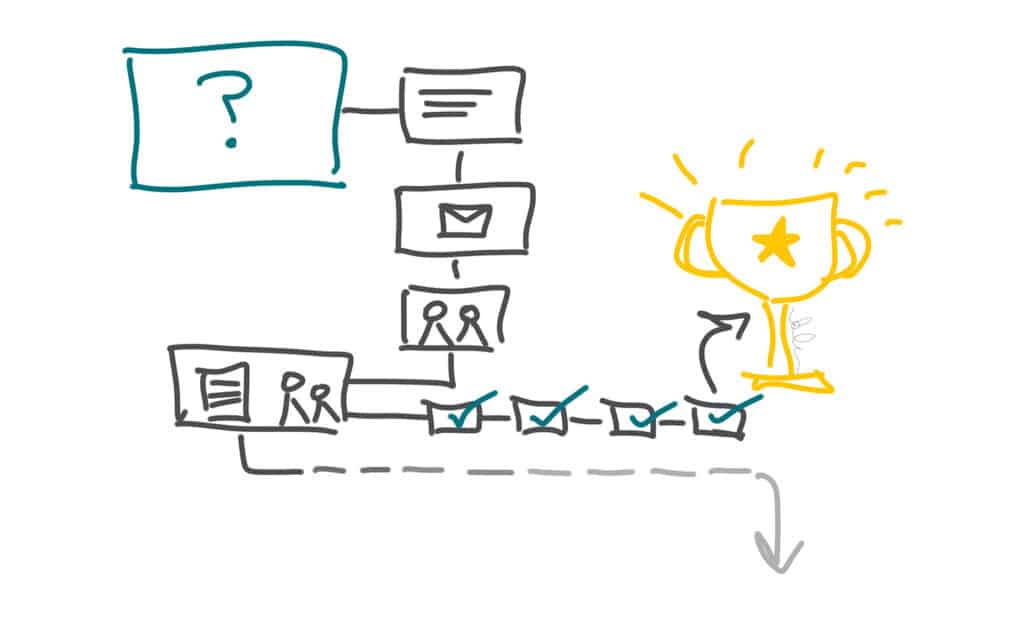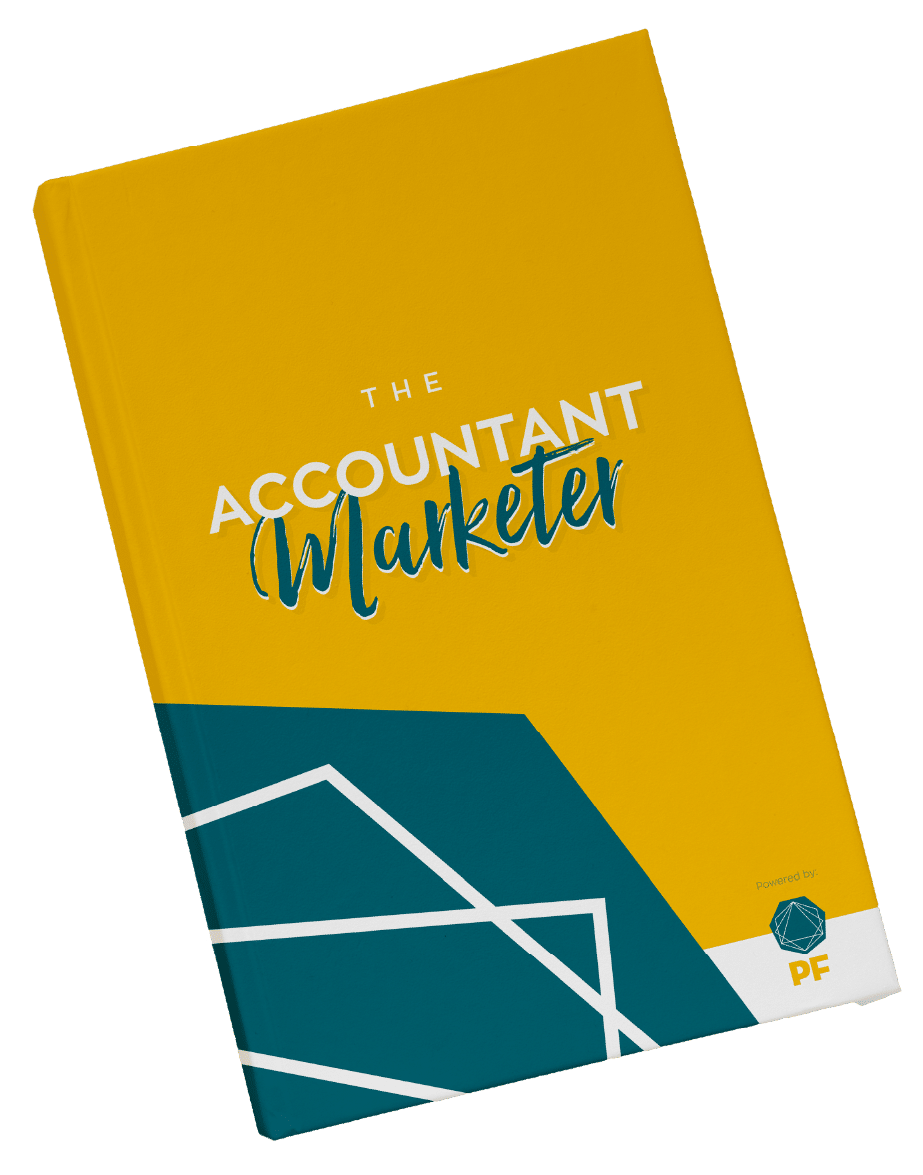If the prospect doesn’t come back to you, the answer is not “Oh well, they weren’t that interested anyway.”
The answer is “I need to keep following up until I get an answer”.
There are endless reasons a prospect might not come back to you. Here are just a few.
- They wanted a sense of costs and now they need to go back to their budget
- They got in touch when they were inspired and motivated, but the inspiration faded so it feels less urgent
- There was a major health issue or accident in their life or a family member’s
- They’re talking to other suppliers
- They didn’t like you
- They liked you all right, but there wasn’t enough to motivate them to keep meeting with you
- They decided to give it another go with the supplier they were considering leaving
- They don’t know what they want
- They lost a big client
- They gained a big client
- A team member left
- Multiple team members left
- They actually intend to sign up, but they’re swamped and three weeks have gone by in a flash
- …or one of an endless list of reasons you don’t know about.
The point is, it DOESN’T MATTER.
Whatever they’re going through is theirs: all you are responsible for is staying in touch with them.
Until they say no.
Now, I know what you’re thinking.
“You’re telling me to email them every few days and ask ‘Are you ready to start yet?’ I don’t want to do that. That’s annoying. I hate it when someone does that to me.”
Nope, that’s not what I’m saying. You notice I only said you’re responsible for staying in touch.
Staying top of mind.
You might:
- Send them something helpful:
An article. A video. A recording of a masterclass. An online course you think they’d appreciate. A tip relating to something you talked with them about. - Invite them to something:
A live event, a workshop, a review session or diagnostic or healthcheck. - Follow them on social media:
Connect on LinkedIn with a personal note, or follow on Instagram or TikTok. Comment on a few of their posts (not like a stalker, but like a normal interested person). - Send a reminder of the quote or proposal:
This could be just a short email. “Hey, this quote is still here which I imagine means you still have a few questions. No question is too small! Drop me a reply with one or two of them and I’ll do my best to answer.” - Send an FAQ post or video:
“I’m sure you have questions about the quote we sent – here’s a list of all the questions clients have asked us in the past, in case any of these apply!” - Address a worry or fear you expect they have:
“A lot of people we talk to are worried about [this]. In case that applies to you too, here’s a [type of content] on how we address that!”
There’s a real progression to follow-up: and it’s sort of backwards to the buyer progression model.
The buyer progression model says that the buyer starts out slow, absorbing content or noticing you’re around, and over time connects more and more until one day they reach out and then suddenly there’s a lot of contact.
The follow up progression model reflects the fact that after that initial flurry of contact, they begin to fade away a bit.
So your follow up can match that. Something like:
- For the first 3 days, you send an email or make a connection every day
- Then you move to twice a week for two weeks
- Then once a week for a few weeks
- Then once a month for a month or two
- Then every other month
- And here’s the kicker: you DON’T STOP. You stay in touch, every month or two, little touch points of even the smallest kind (a comment on one of their LinkedIn posts), until you finally get an answer.
Eventually, you’re going to find out if they want to work with you or not.
They’ll either say “we went with this other company”, or you’ll see from a post or comment that they did.
“Worst case” they’ll unsubscribe from your emails, or will disconnect from you on the socials…but that’s hardly a ‘worst case’ since you got your answer.
It is actually incredible how many people you’ve spoken to over the past year who really did (or still do) want to work with you.
Yes, maybe they’re tired or worried or are trying to sign a big client or a few team members left or they’re buying new premises… but you’re the accountant.
If they were your client, it’s literally your job to stay connected with them, update them, make sure things get done on time so they don’t incur penalties.
How much more do they want to see you do that during the pre-sales process?
Give it a try this week. Go back to a prospect you met with a month ago, a few months ago. Someone you followed up twice and then either consciously gave up, or simply forgot about them.
Remind yourself about them, and then remind them you’re still around in some small way.
Ultimately, what you want is an answer. Yes, or no.
If they say maybe, they’re not sure yet, keep following up.
If they ask questions, answer them, and keep following up.
If they say I’m really busy, keep following up.
If they say nothing, keep following up.
Don’t you give up. Most of them really don’t want you to.
Oh – and remember, you’re always 100% in charge of whether you take them on or not. So if you didn’t like them, or don’t want to work with them, or didn’t get good vibes, or they were rude, or they literally don’t have the budget to work with you…it’s okay to remove them from your follow up list.
If you’re not sure yet, do more follow up until you do know.
Let me know how you get on!



